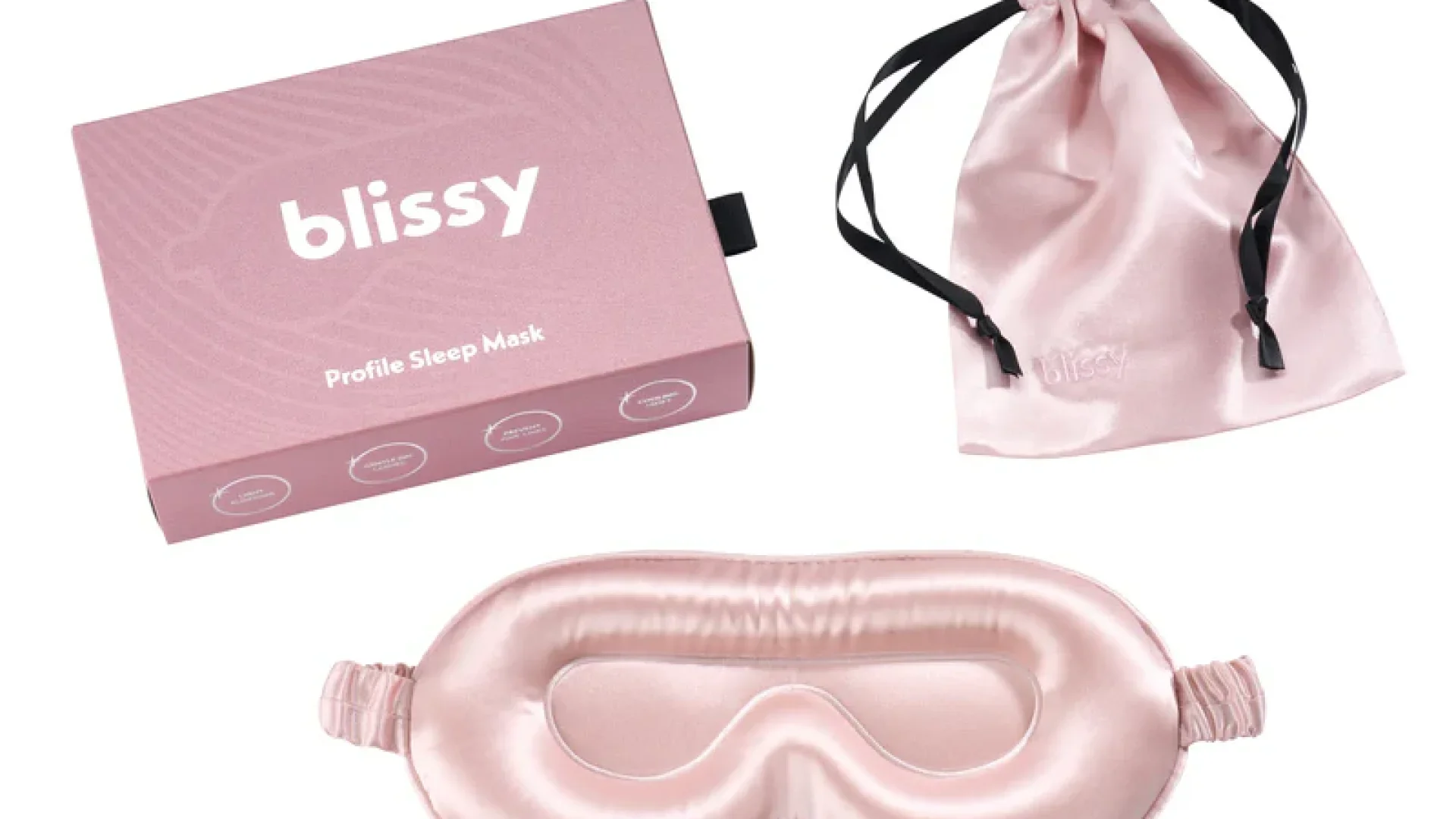
“Have you ever been in so much pain that the mere thought of leaving the house makes you sob uncontrollably?” This is how Jasmine “Ivanna” Espy, a nonprofit founder, journalist, filmmaker and advocate living with hidradenitis suppurativa (HS), feels as she shares a glimpse of what it means to live with HS. “Having HS,” Espy says, “means facing a lot of What the HS? moments – moments that make you throw your hands up and say, ‘ENOUGH ALREADY!’”
HS is a little-known, chronic skin condition that occurs throughout the body, stemming from an overactive immune system. With HS, inflammation builds below the surface of the skin and appears as painful bumps or nodules, most commonly in places where skin rubs together or where sweat glands are located—think underarms, inner thighs, buttocks, for example. While HS symptoms typically start appearing around puberty, it can take the average patient 7-10 years before receiving a proper HS diagnosis.
HS disproportionately affects the Black community. In fact, Black people are three times more likely to have HS than white individuals, and Black women ages 40 and under have the highest risk.
“Because HS can be a progressive condition, time matters,” says Dr. Chesahna Kindred, MD, MBA, FAAD, dermatologist at Kindred Hair & Skin Center in Columbia, Maryland, and associate professor of dermatology at Howard University. “The goal is to properly diagnose and manage HS before you reach the point of having a What the HS? moment. I’ve seen permanent scarring and symptom severity that has increased to the point where some are unable to do daily functions like walk or sit without being in excruciating pain.”
Watch the impactful Facebook Live discussion between Jasmine and Dr. Kindred above.
Espy, who was diagnosed with moderate to severe HS as a young teenager, is the creator behind My Gold Lining: A Documentary on Hidradenitis Suppurativa, the first documentary about Black women with HS. When asked about her What the HS? moments, she shares, “at times I felt like my world was imploding, while other moments taught me how to advocate for myself as a chronically ill patient.” Espy recalls experiencing a recurring HS nodule so debilitating that she could no longer eat or sleep, let alone go to work or school. “At first, I was somewhat able to manage until the abscess grew so big that I couldn’t even sit down. I booked an appointment and hobbled my way to the doctor’s office to have the abscess surgically drained, but it was easy to feel alone in those moments of pain.”
Moments like these transformed how Espy approaches HS and gave her more appreciation for the importance of working with healthcare professionals who listen and care. “This experience taught me to have someone in the room to advocate for me when I cannot,” Espy reflects, “to see a doctor at every stage, and to find a medical team that not only knows how to address my physical needs but can show up for me emotionally as well.”
Espy wants people living with HS to know they are not alone and the importance of taking care of your mental health, too. “Join a support group, see a therapist, surround yourself with friends and family who are understanding and compassionate and talk to them,” says Espy. “There are resources available now that can help to support both your physical and mental needs as an HS patient.”
Dr. Kindred encourages anyone experiencing symptoms to talk to a dermatologist that specializes in HS diagnosis and management. If you think you may be experiencing HS symptoms, don’t wait for a What the HS? moment to talk to your dermatologist and seek specialized care.





